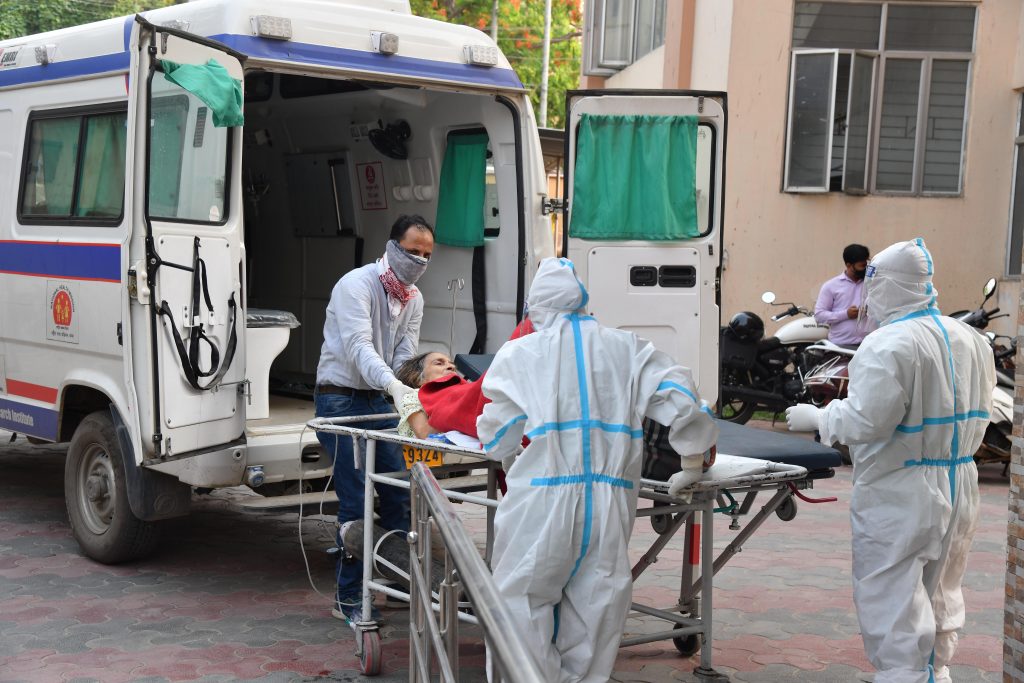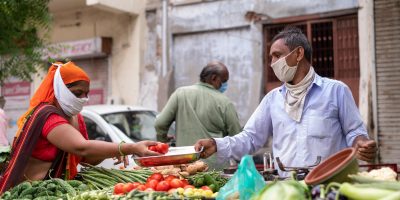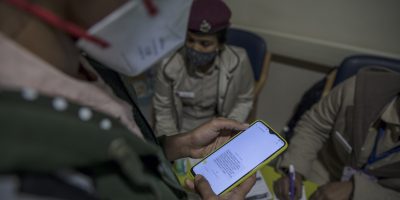Since February 2021, countless lives have been lost in India, which has compounded the social and economic devastation caused by the second wave of COVID-19. The sharp surge in cases across the country overwhelmed the health infrastructure, with people left scrambling for hospital beds, critical drugs, and oxygen. As of May 2021, infections began to come down in urban areas. However, the effects of the second wave continued to be felt in rural areas. This is the worst humanitarian and public health crisis the country has witnessed since independence; while the continued spread of COVID-19 variants will have regional and global implications.
With a slow vaccine rollout and overwhelmed health infrastructure, there is a critical need to examine India’s response and recommend measures to further arrest the current spread of infection and to prevent and prepare against future waves. This brief is a rapid social science review and analysis of the second wave of COVID-19 in India. It draws on emerging reports, literature, and regional social science expertise to examine reasons for the second wave, explain its impact, and highlight the systemic issues that hindered the response. This brief puts forth vital considerations for local and national government, civil society, and humanitarian actors at global and national levels, with implications for future waves of COVID-19 in low- and middle-income countries.
This review is part of the Social Science in Humanitarian Action Platform (SSHAP) series on the COVID-19 response in India. It was developed for SSHAP by Mihir R. Bhatt (AIDMI), Shilpi Srivastava (IDS), Megan Schmidt-Sane (IDS), and Lyla Mehta (IDS) with input and reviews from Deepak Sanan (Former Civil Servant; Senior Visiting Fellow, Centre for Policy Research), Subir Sinha (SOAS), Murad Banaji (Middlesex University London), Delhi Rose Angom (Oxfam India), Olivia Tulloch (Anthrologica) and Santiago Ripoll (IDS). It is the responsibility of SSHAP.





